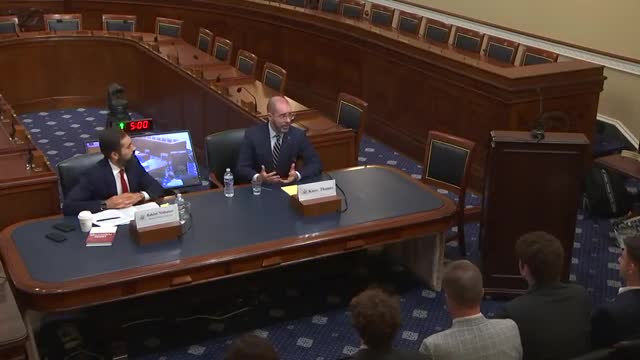
This article was created by AI using a video recording of the meeting. It summarizes the key points discussed, but for full details and context, please refer to the video of the full meeting. Link to Full Meeting
The discussion, led by a seasoned expert with two decades of experience in various U.S. government roles, emphasized that high levels of religiosity combined with stringent restrictions on religious practices create a volatile mix, leading to widespread instability and human rights violations. The speaker outlined four distinct types of religious persecution: authoritarian, extremist, democratic, and terrorism.
Authoritarian persecution occurs when governments punish religious groups for their beliefs, as seen in countries like Burma and China, where genocides against the Rohingya and Uyghurs have been documented. Extremist persecution involves non-state actors who violently assault others due to differing beliefs, with examples from Georgia, Sri Lanka, and Pakistan. In democracies, large religious communities can leverage their size to impose their beliefs through political means, a trend observed in India under rising Hindu nationalism, which poses significant risks to religious minorities. Lastly, terrorism, exemplified by groups like ISIS and Boko Haram, employs extreme violence to enforce ideological dominance.
The speaker stressed the importance of precise terminology when discussing persecution, warning that diluting the term undermines the severity of actual violence and diminishes the credibility of advocacy efforts. In contrast to the U.S., where a justice system exists to hold perpetrators accountable, many regions lack such mechanisms, allowing violence to occur with impunity.
This meeting underscored the critical need for informed policy responses to religious persecution, urging attendees to grasp the complexities of the issue as they advise leaders or represent affected communities. The implications of these discussions are profound, as they call for a reevaluation of how the U.S. engages with nations where religious freedom is under threat.
Converted from The Role of Religious Freedom in American Foreign Policy meeting on July 22, 2025
Link to Full Meeting
Comments
View full meeting
This article is based on a recent meeting—watch the full video and explore the complete transcript for deeper insights into the discussion.
View full meeting